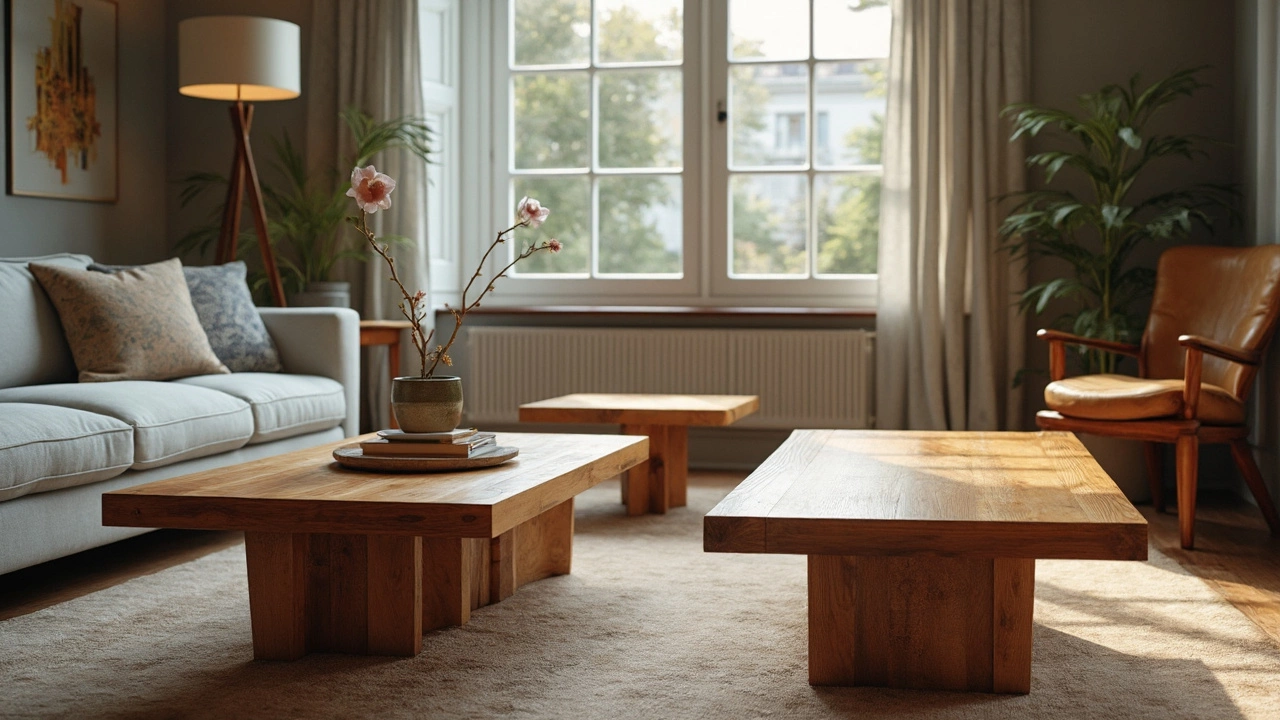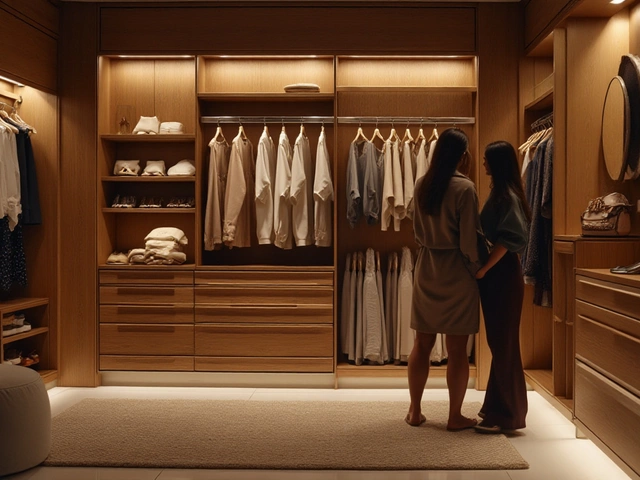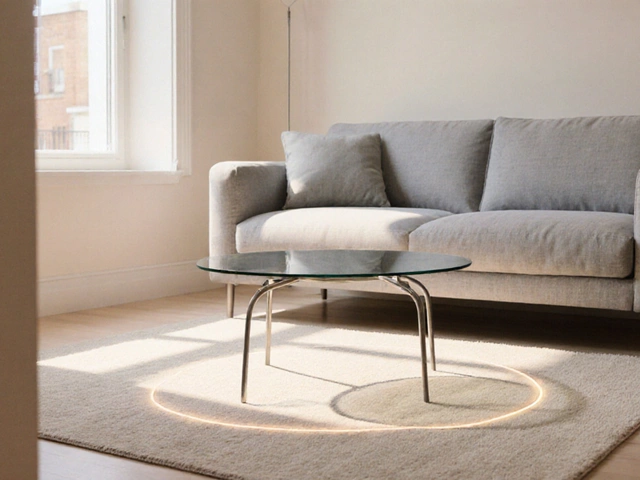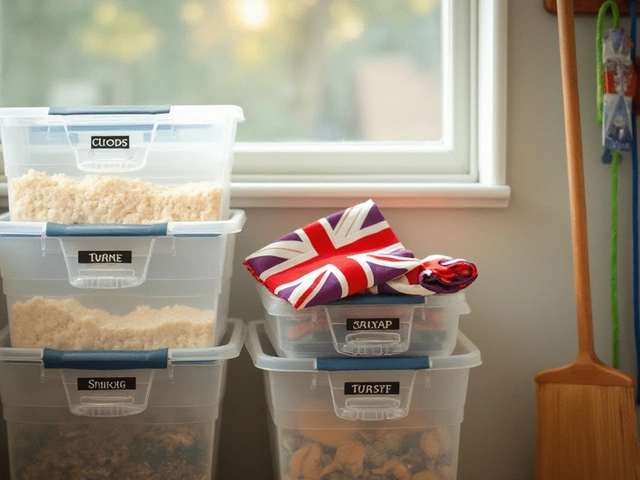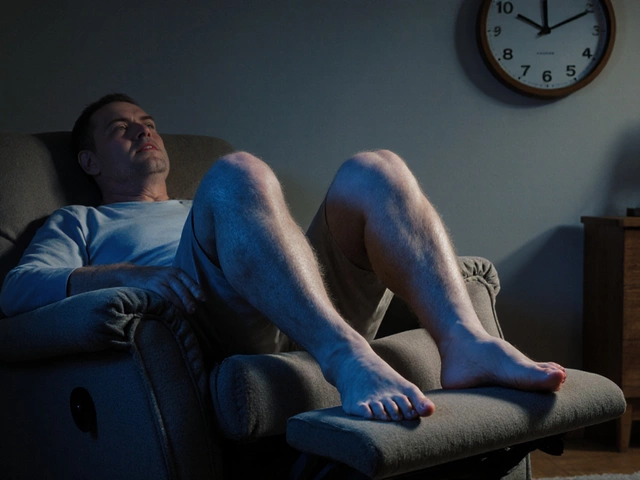Wood Thickness – Why It Matters for School Furniture
When you’re picking desks, chairs, or storage for a classroom, the first thing you should look at is the thickness of the wood. It’s not just a number – the thickness decides how long the piece will last, how safe it feels, and how much you’ll pay. Let’s break down what you need to know so you can pick the right stuff without guessing.
Choosing the Right Thickness for Desks and Tables
Desks get a lot of weight – books, laptops, labs, even the occasional coffee spill. Most primary‑school desks are built with a 18‑25 mm thick top. If you’re buying for a secondary school or a college lab, go for 30 mm or more. Thicker tops resist bowing and bow‑out when students push on them.
One quick way to test a desk before you buy is the “finger press” test. Press your palm firmly in the middle of the surface. If the wood gives more than a millimetre, it’s probably too thin for heavy use. Also, look for solid hardwood or engineered wood with a strong core; these stay flat longer than cheap particleboard.
Cost goes up with thickness, but think of it as an investment. A 30 mm desk that survives ten years beats buying three cheap 18 mm ones that need replacing every couple of years. Ask the supplier for a weight rating – a good desk should hold at least 40 kg across the whole surface.
How Thickness Affects Chairs and Storage
Chairs are a different story. The seat and backrest don’t need to be super thick, but the leg braces and frame do. Look for legs that are at least 25 mm thick if they’re solid wood, or a strong metal core if they’re a composite. Thin legs can crack under repeated sitting, especially in busy classrooms.
For storage units like bookshelves and cabinets, the side panels should be a minimum of 15‑20 mm. Thicker panels add stability and keep the unit from wobbling when it’s full of books or supplies. If you see a shelf with a gap between the back and side panels, that’s a sign the wood is too thin and may warp over time.
One tip for checking storage strength is the “squat test.” Stand side‑by‑side with the unit and see if you can easily push it over. If it tips with light pressure, the panels are likely too thin or the joinery is weak.
In the end, the right wood thickness balances durability, safety, and budget. Stick to at least 18 mm for desks, 25 mm for chair frames, and 15 mm for storage panels. Ask suppliers for exact measurements and weight ratings, and don’t be shy about testing the pieces yourself. With these simple checks, you’ll pick furniture that stays solid year after year, keeping students focused and teachers happy.
